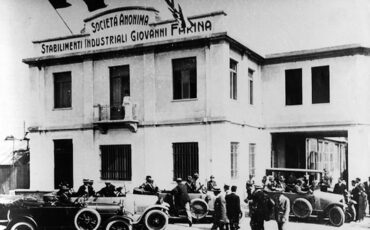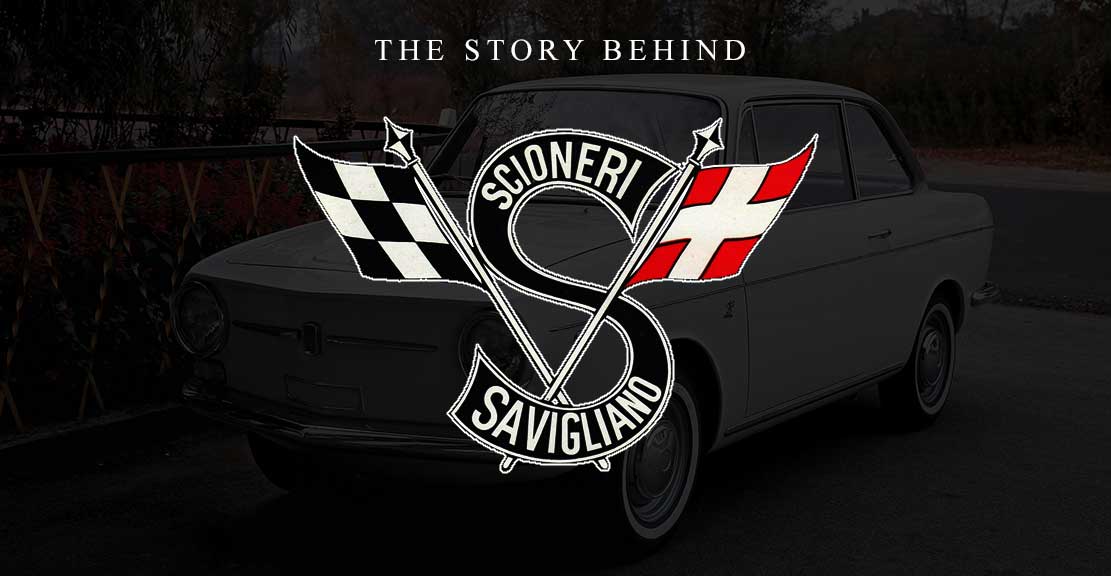
Apart from a few Lancias and Alfa’s, the atelier founded in ’43 in Savigliano (Cuneo) by Cavalier Antonio, a simple pannel-beater, made a name for himself for his custom-built cars fitted on chassis of the Turin-based company, particularly in the 1950s and 1960s. But from 1969 to 1984 the activity was limited to the simple customization of the most popular models.
The beginning
Antonio Scioneri began his activity as an apprentice at Carrozzeria Vittoria and then at Fissore. He worked at Fissore from 1928 to 1943. Between the end of 1943 and the beginning of 1944 with great effort, he managed to become independent and opened his own workshop in the town of Savigliano, in the Italian region of Piedmont, as “Scioneri Carrozzeria Automobili” where he performed subcontracting commissions for his two former employers, both engaged in providing cabins for Fiat and Lancia military trucks.
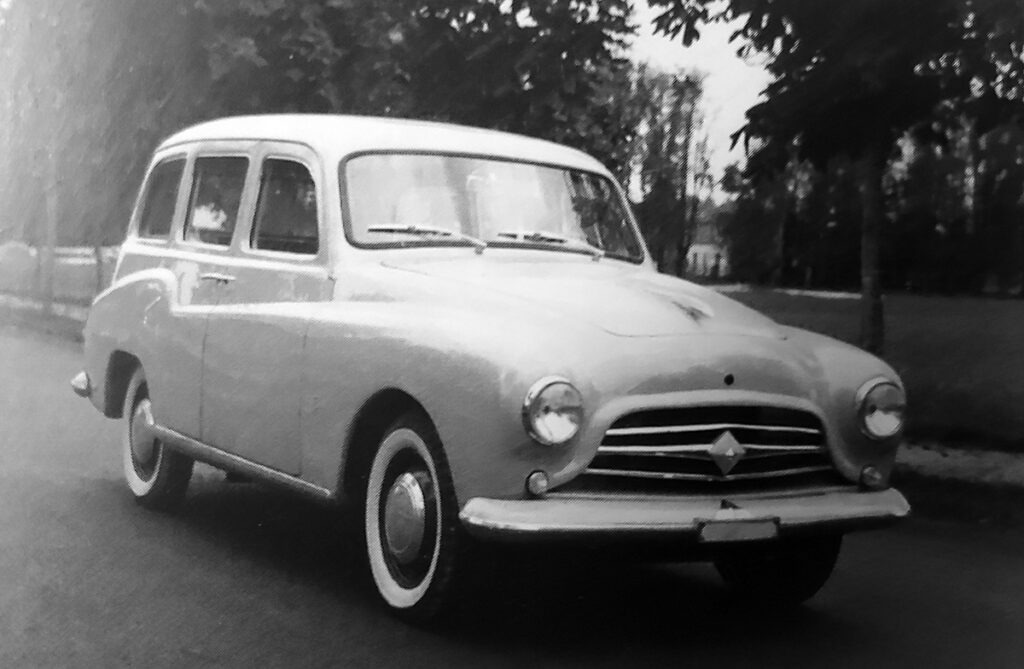
At the end of the war Antonio Scioneri continues taking care of everything he can find, from the repair of old vehicles to the reconversion of military trucks. He takes out the subcontract for an important order of fittings for the Army, but the client does not pay and he is forced to go bankrupt in 1950. He starts again, however, immediately and gradually takes on a certain notoriety with the outfitting of trucks, especially on behalf of the Italian importer of Hanomag. At the beginning of the 1950s, he began to deal with cars, first with some Giardiniera station wagons based on the Fiat 1100 and later, in 1953, with a coupé, again on 1100.
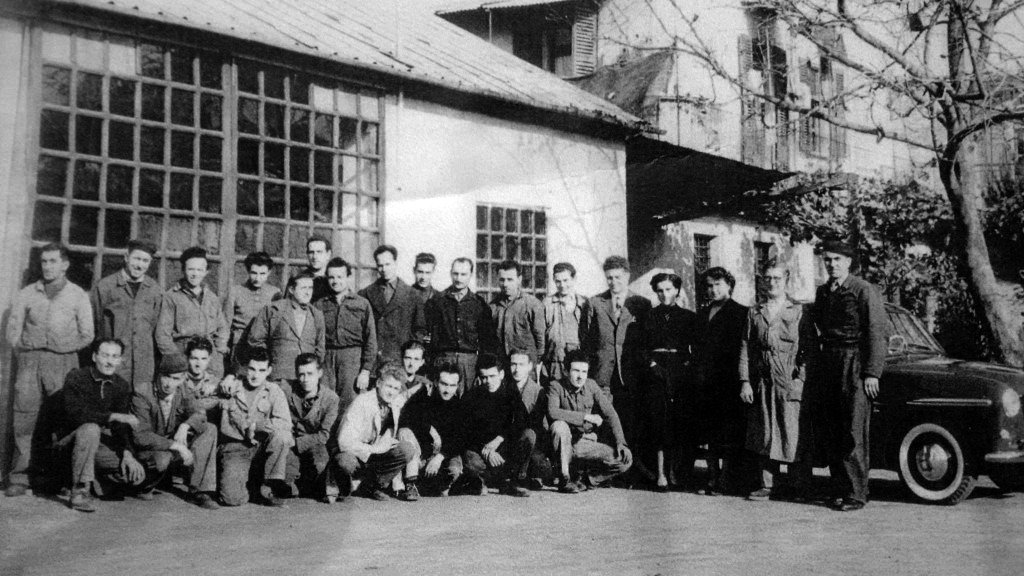
The success
The real turning point came in 1955 with the birth of the Fiat 600. Antonio Scioneri realizes there is a big market in Italy for cars that are slightly different from the Fiat versions, which were extremely standardized and had very long delivery times. He organizes an alternative sales network on his behalf, made up of small provincial dealers, and manages for a small surcharge, to offer cars with personalized design elements, improved finishes and way faster delivery times.
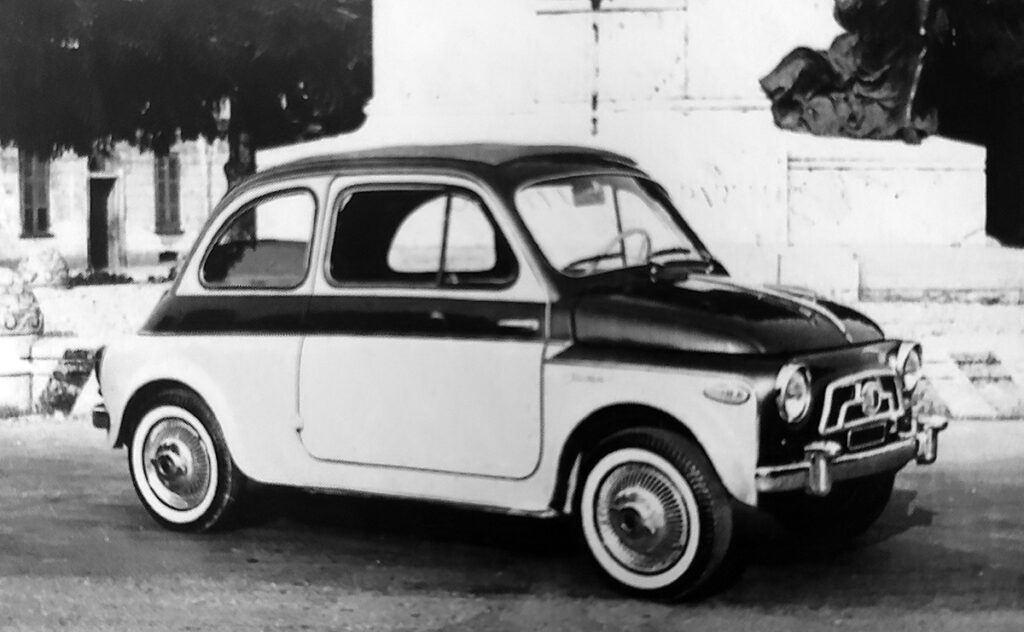
In 1956, while still very young, Antonio Scioneri’s son Renato joined the company. He was a good salesman and gives further imputs to this type of business model. The formula works very well and is soon extended to a large part of the Fiat range – 500, 600 Multipla and 1100 – and occasionally also to Alfa Romeo Giulietta and Lancia Appia, although the latter are rather a promotional initiative of the respective manufacturers and do not have a real sales feedback.
In 1957, Scioneri unveiled officially its first model for the Turin Motor Show.
It was a car derived from the Fiat 1100 with a very special line, halfway between a saloon and a coupe. Scioneri also produced some particular versions, such as the Fiat 600 with four doors and giardiniera.
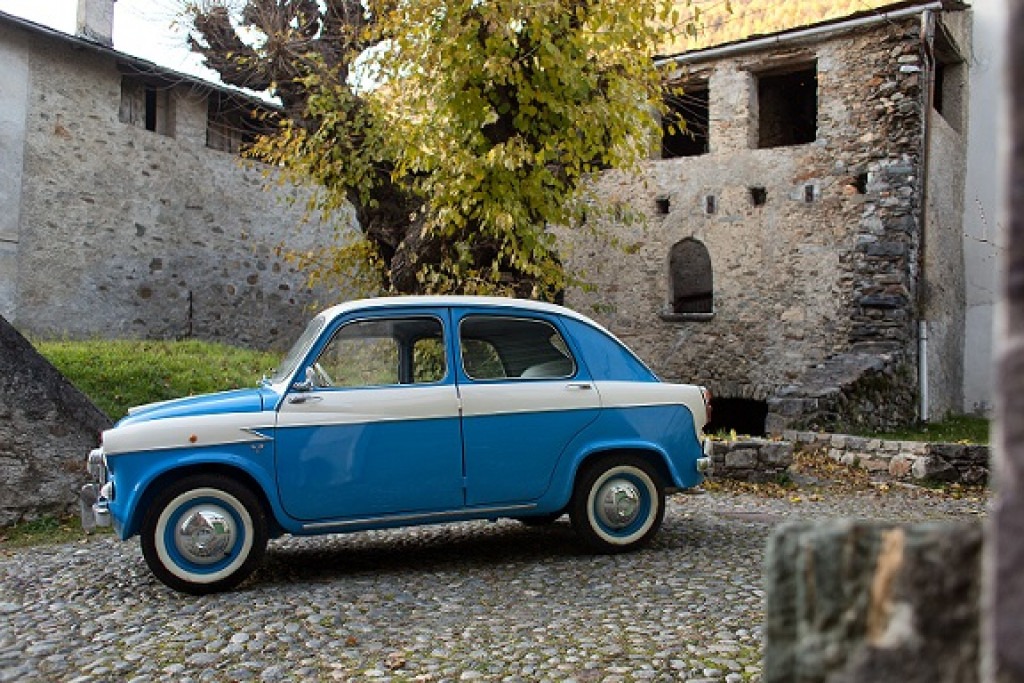
The workshop was expanded in 1958 with the creation of a new department dedicated to the “customization” of new automobiles. The new business consisted of changing or adding chrome parts and the addition of a two-tones body painting, like it was done for the American models of that time. With this type of customization Scioneri achieved great success, standing out, among others, the Alfa Romeo Giulietta Scioneri Two-tone, and the Fiat 600D Scioneri Two-tone.
In 1959 Scioneri also tried to create a more luxurious model, based on a Fiat 1500 which was designed by Michelotti. This seemed to be not the right direction, in fact Scioneri decided to concentrate the production on spider and coupé versions of the Fiat 600. The idea of a true sports car, however, was not abandoned; once again, based on a design by Michelotti, Scioneri unveiled another ephemeral 1500 two-door sedan in 1961 and finally, in 1962 the beautiful Sportinia, also based on a Fiat 1500 chassis. In 1960, Scioneri’s workshops had become too small and moved to new plant in another area of Savigliano.
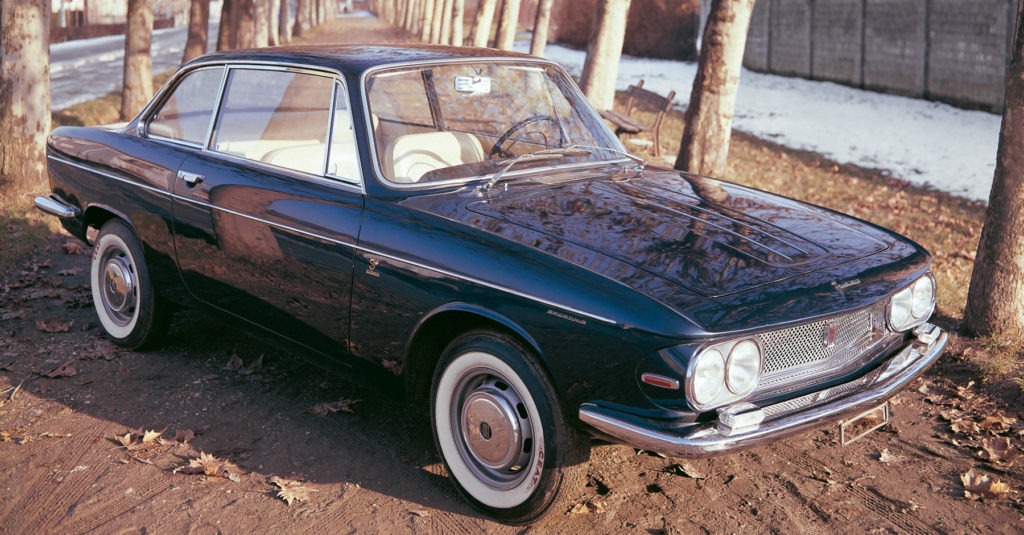
The main activities, however, remain customization of series cars, and in smaller numbers, sport cars derived from the 600s, replaced later in 1964 by similar models based on the newly created Fiat 850.
The decline
In the mid-1970s, the business began to decline. The great proliferation of small coachbuilders made this market very competitive and the smallest companies were forced to close their doors or diversify its activity for more orders.
In case of Scioneri, the dramatic drop in sales that happened from 1974, forced the company to cease production of automobiles, and to resume the business of customizing large series models by modifying the interiors, creating luxury versions for Fiat models.
The offer includes a large part of the Fiat range, up to the 124 sedan, plus the Alfa Romeo Giulia.

Other successful versions of the Fiat 128, 127 and, even later, the Ritmo followed between the end of the 1960s and the 1970s. Despite the relatively good sales achieved, the company’s financial situation began to deteriorate dramatically, to the point that Scioneri had to close its doors definitely in late 1979.
With the 1980s Renato Scioneri continued his strategy of luxury versions at a relatively low price, but now, even the big manufacturers like Fiat are now offering different trim levels and the alternative proposals of the coachbuilders are less and less competitive. In any case, the business continues with the Panda “Valentina”, the custom versions of the Uno, Tipo and the Cinquecento.
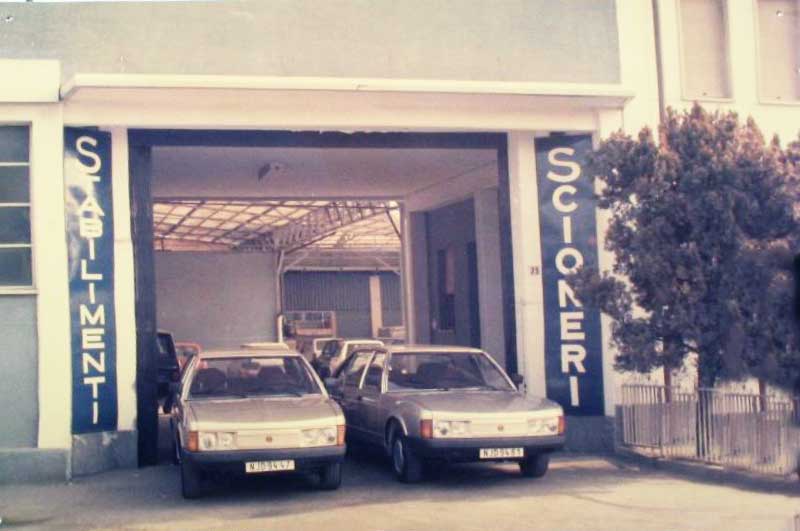
In 1989 Renato Scioneri also unsuccessfully attempted an agreement to import and develop the Tatra T613 and tried to build a van derived from the Fiat Uno, but times became increasingly difficult.

The custom versions of the Fiat Punto, presented in 1994, are the latest innovations. In 1995, the death of his father Antonio, who had also retired from business ten years earlier, further reduced Renato Scioneri’s confidence; his last presence is at the Turin Motor Show in 1996 with a Fiat Tipo, which was no longer in production. In fact, the last years of activity concern only the trade of cars and components, which ends definitively in 2005. Renato dies shortly after, in 2008.
Books you might like:
01. Carrozzeria Scioneri by Alessandro Sannia
02. L’Enciclopedia dei Carrozzieri Italiani by Alessandro Sannia

